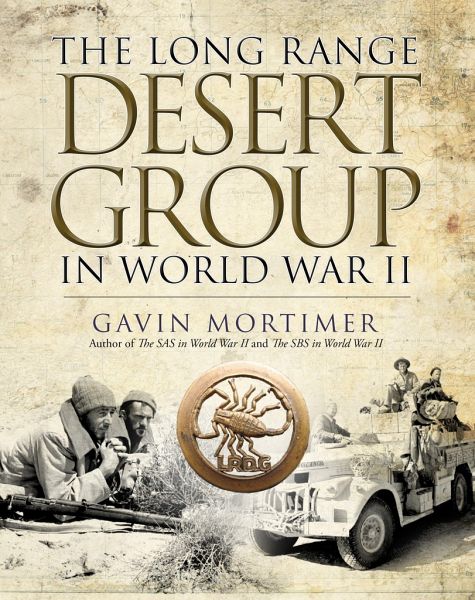
The Long Range Desert Group in World War II
Versandkostenfrei!
Versandfertig in über 4 Wochen
21,99 €
inkl. MwSt.
Weitere Ausgaben:

PAYBACK Punkte
11 °P sammeln!
A major illustrated history of the Long Range Desert Group from the foremost expert on British wartime special forces. Formed in June 1940 for the purpose of gathering intelligence behind enemy lines, the Long Range Desert Group (LRDG) played a secretive but vital role in North Africa during World War II. Highly trained in mechanized reconnaissance and specializing in desert operations, the unit provided support to the Special Air Service (SAS) in missions across the vast and treacherous terrain of the Western Desert. In this highly illustrated history of the LRDG, Gavin Mortimer reveals the o...
A major illustrated history of the Long Range Desert Group from the foremost expert on British wartime special forces. Formed in June 1940 for the purpose of gathering intelligence behind enemy lines, the Long Range Desert Group (LRDG) played a secretive but vital role in North Africa during World War II. Highly trained in mechanized reconnaissance and specializing in desert operations, the unit provided support to the Special Air Service (SAS) in missions across the vast and treacherous terrain of the Western Desert. In this highly illustrated history of the LRDG, Gavin Mortimer reveals the origins and dramatic operations of Britain's first ever special forces unit.













